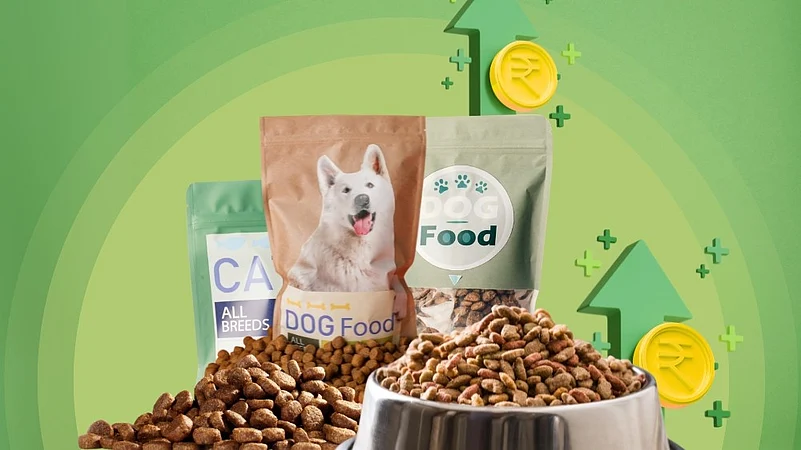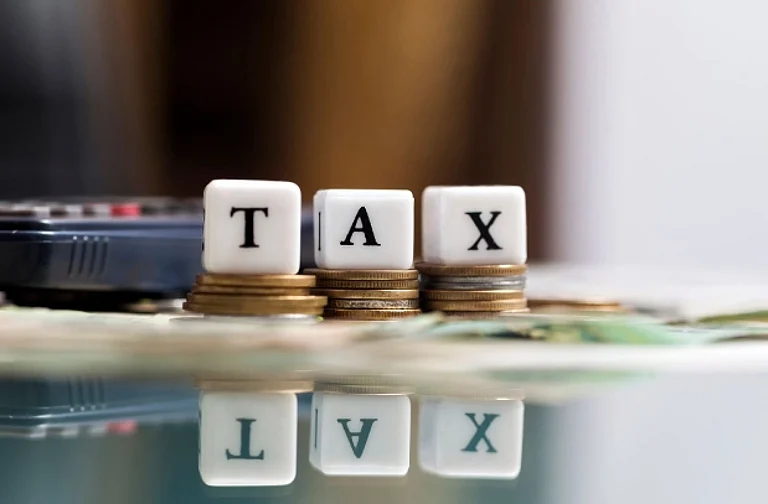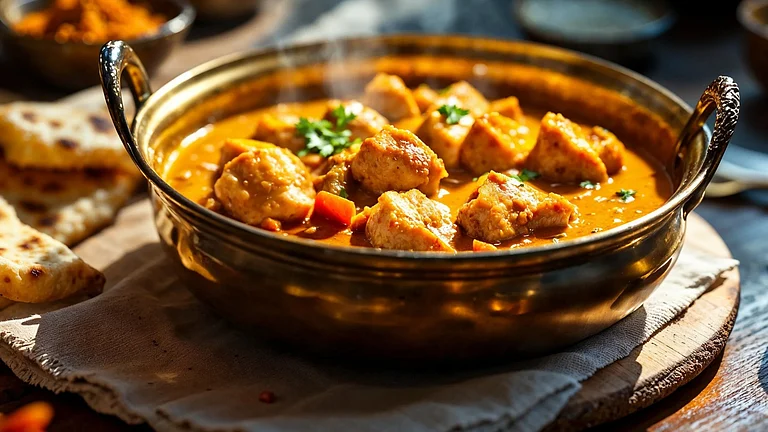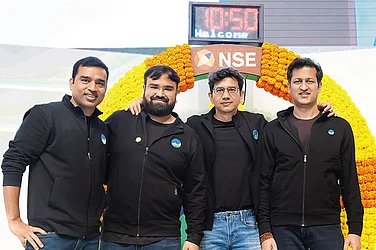Fast moving consumer goods (FMCG) giants are gearing up to capitalise on the heating Indian pet food market, driven by the rise in pet ownership and disposable income of owners. Two FMCG majors have made big bets on the booming market in just two months.
This week, Nestle India’s parent company, Nestle, acquired a minority stake in pet food company Drools, marking its first-ever investment in an Indian brand, while Godrej Consumer Products Subsidiary launched its pet food brand, Godrej Ninja, with an outlay worth Rs 500 crore, in April.
These moves come at a time when India is experiencing a petconomy boom. Petconomy refers to the economy driven by pet-related products and services, including food, health, apparel & accessories, grooming, training and entertainment. After the Covid-19 pandemic, the size of the Indian petconomy has significantly increased and is projected to rise from $10.5 billion in FY24 to $16.2 billion in FY2032 at 5.65% CAGR.
Apart from Godrej, the pet food market has a presence of other Indian FMCG companies, including Himalaya Pet Food and Emami’s Fur Ball Story. While Himalaya is the first mover in the category, having entered in 2019, Emami ventured by acquiring a 30% stake in pet-care startup Cannis Lupus Services India in 2022. The space is not just being occupied by giants but has attracted startups in India as well, like Drools, Heads Up For Tails and Wiggles. The market also has a presence of global players like Mars Petcare, Nestle Purina PetCare and Royal Canin.
With growing demand and competition, experts anticipate a price correction in this traditionally premium category—paving the way for large FMCG players and retailers to disrupt the market.
“This greater demand and increased competition are transforming the category and it’s undergoing a downward price correction. There could be an opportunity for serious price-led disruption in an otherwise premium priced category if we could see some large FMCG & retailers enter this category,” marketing and branding expert Akshay D’Souza told Outlook Business.
What’s Driving FMCG Giant’s Pet Power Play
In the petconomy, the pet food segment is the largest segment accounting for 70-75% of the overall expenditure on pets by pet parents in 2022, according to market research firm Mordor Intelligence. The remaining 25% comprises segments like pet healthcare, grooming and services, apparel, and accessories.
The Indian pet food market is projected to grow at a CAGR of 16.74%, from $1.01 billion in 2025 to $2.2 billion by 2030.
This rise is fueled by changing consumer attitudes, especially the growing acceptance of pets as family members, and the evolving e-commerce landscape leading to an increase in the availability of specialised pet food retailers.
Interestingly, the increasing demand for pet products in the country isn’t an urban phenomenon anymore and is witnessing growth in smaller towns and cities, mainly after the Covid pandemic.
According to D’Souza, the penetration of pet foods, which was traditionally a metro phenomenon, is now being seen in tier-2 and 3 cities, offering scale and a significant opportunity to tap into the vast market.
High Margins & Strong Distribution Web
Pet products are usually available at a premium and have high margins, and demand for these is traditionally seen in affluent families. However, this margin is expected to decrease, fuelled by increasing competition in the sector. This is likely to drive the prices down and lead to more adoption. However, despite the price correction, these products may still be available at a premium, making this segment attractive for FMCG players.
“We expect that margins may be lower, driven by competition to accelerate greater adoption. However, it is expected to be well ahead of even the premium product margins offered by FMCG,” D’Souza added.
With the increase in ownership, the availability of pet care products isn’t just limited to speciality pet shops but has gradually flowed into mainstream FMCG distribution channels, including supermarkets, chemists and Kirana stores. This offers the FMCG majors an added benefit to capture the market.
But as the booming sector is becoming competitive, with small to big and local to global companies rushing to get a piece, the challenge for the FMCG giants would be to get the right valuation for investment to drive growth in the category.
“For large companies, the key will be to get the right valuation for investment in these businesses so they can break even faster given their financial and distribution muscle,” D’Souza said.

































